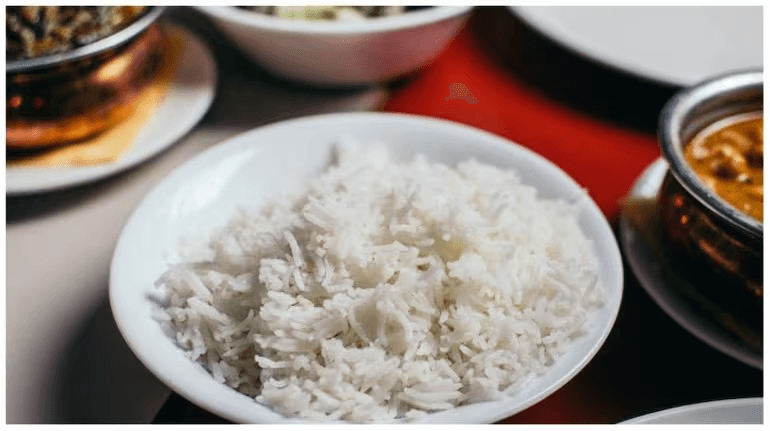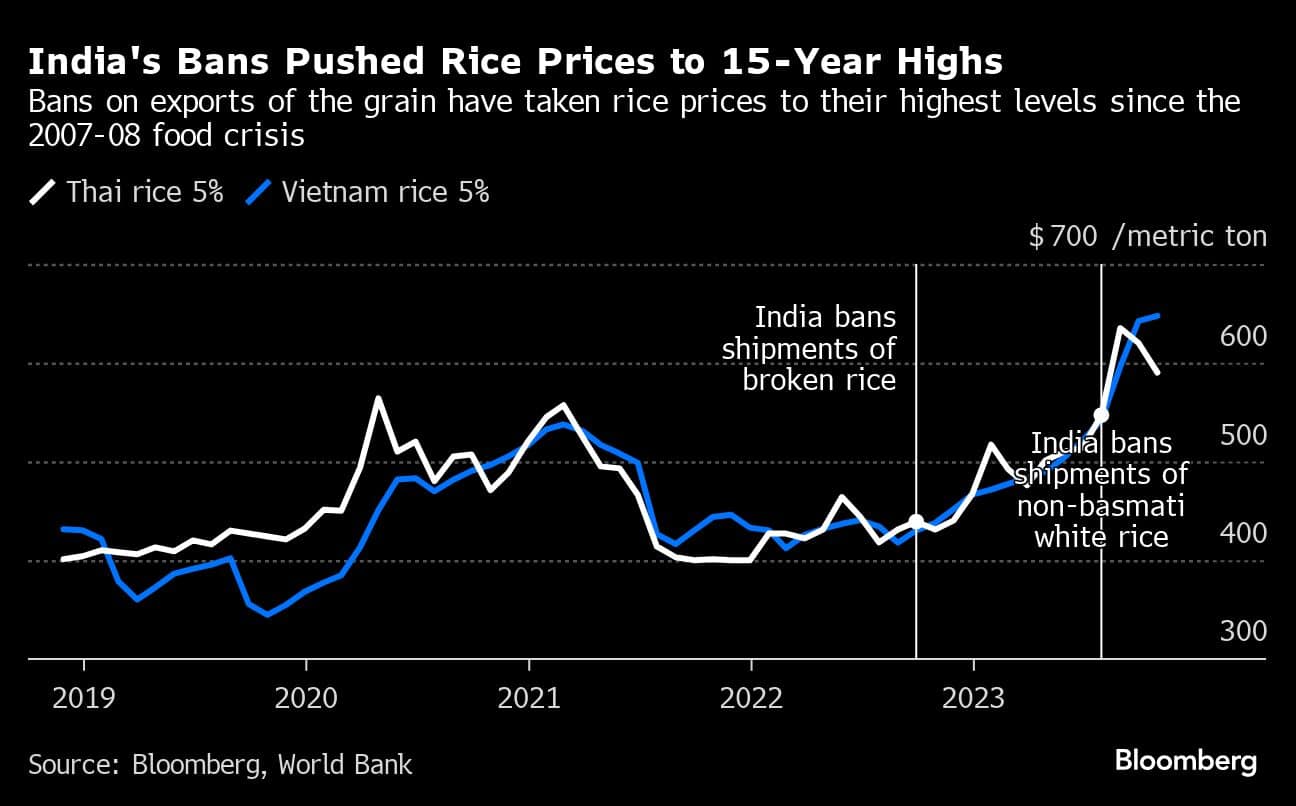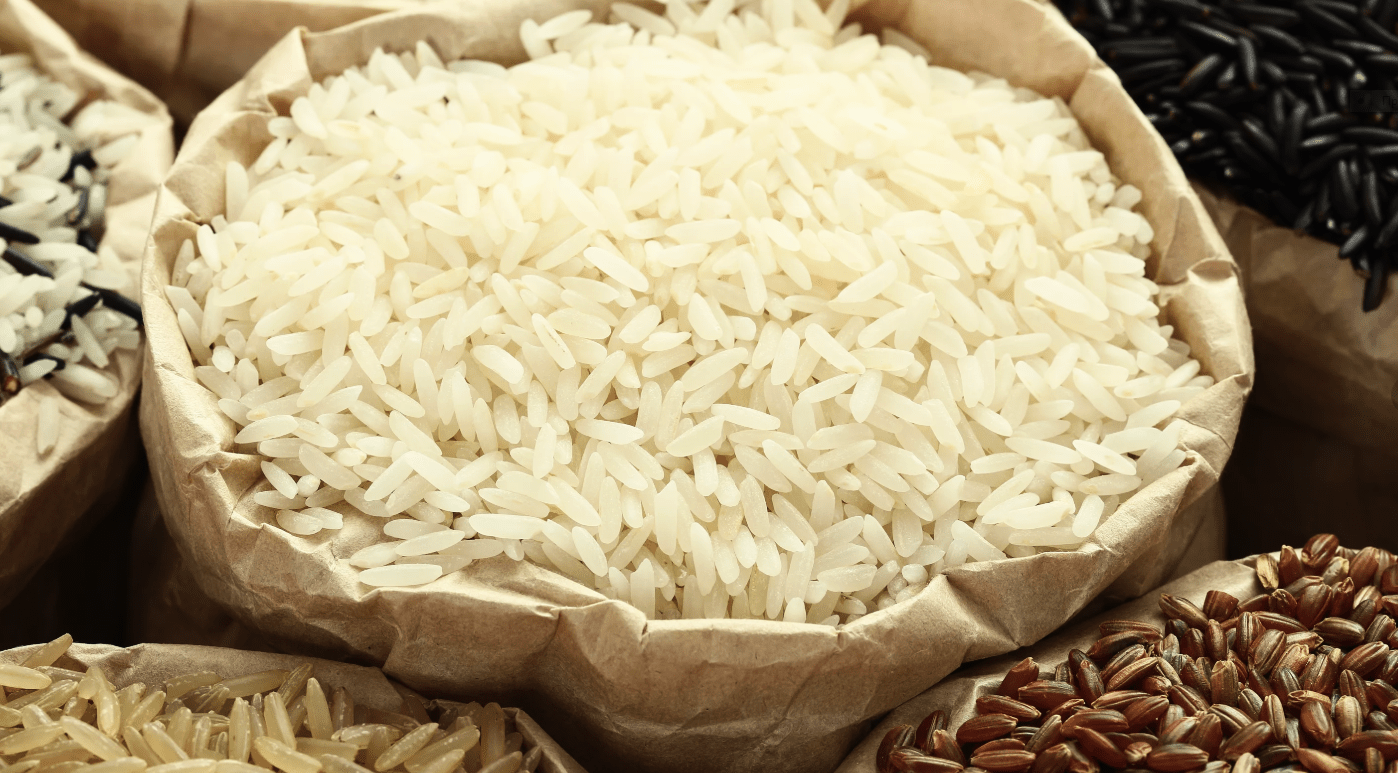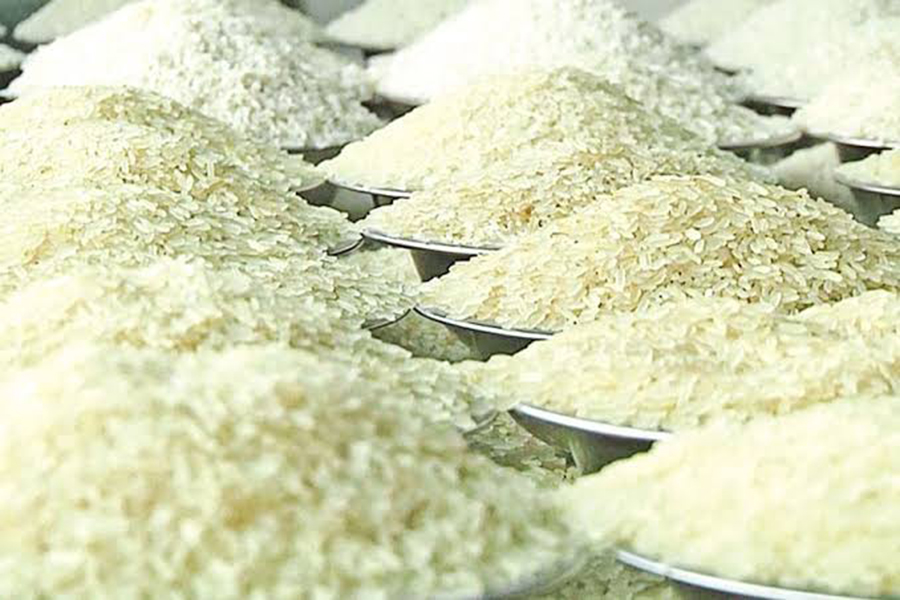Tags
Global prices singe as India likely to keep up ban on rice exports till next year
Lower prices and ample stockpiles have helped make India one of the top shippers globally over the past decade, recently accounting for almost 40 percent of the total

India’s curbs on rice exports sends global prices shooting up.
India, the world’s top rice exporter, is expected to maintain its curbs on overseas sales well into the next year, a move likely to hold the staple grain at close to its highest price levels since the food crisis of 2008.
Lower prices and ample stockpiles have helped make India one of the top shippers globally over the past decade, recently accounting for almost 40 percent of the total. African nations like Benin and Senegal are among the top buyers.
But Prime Minister Narendra Modi, who will seek reelection in 2024, has repeatedly tightened restrictions on shipments in a bid to curb domestic price rises and shield Indian consumers.
“As long as domestic rice prices face upward pressure, the restrictions are likely to stay,” said Sonal Varma, chief economist for India and Asia ex-Japan at Nomura Holdings Inc. “Even after the elections, if domestic rice prices do not stabilise, these measures are likely to get extended.”

India has imposed export duties and minimum prices, while broken and non-basmati white rice varieties cannot be exported. Prices surged to a 15-year high in August in response, with buyers from the most vulnerable importing nations holding back purchases. Some sought waivers. In October, rice was still 24 percent ahead of where it was a year ago, according to the UN’s Food and Agriculture Organization.
Modi’s government wants to ensure adequate supplies at home and to cool price increases, said BV Krishna Rao, president of the Rice Exporters Association, which represents the country’s shippers. He said the government would likely keep the export restrictions in place until the vote next year.
The arrival of El Niño, which typically wilts crops across Asia, may further tighten the global rice market, at a time when world stockpiles are heading for a third straight annual drop. The government in Thailand has said paddy output in the No 2 exporter is likely to fall 6 percent in 2023-24 because of dry weather.
“Rice is tough because there are just not a lot of other suppliers,” said Joseph Glauber, a senior fellow at the International Food Policy Research Institute in Washington. India leaves “a big hole to fill”, he added.
To complicate matters further, jitters over India’s crop are adding to policymakers’ caution. The monsoon-sown harvest may drop almost 4% from a year earlier because of patchy rains, according to farm ministry estimates. Cumulative rainfall in the monsoon period from June to September was the weakest in five years.
Ensuring supplies are available to back the country’s free food programme, which benefits more than 800 million people, is a top government priority. Modi said earlier this month that the arrangement will be extended by five years, making his announcement just days before a string of five state elections.
The handouts become more important as food costs continue to rise. Retail prices of rice in New Delhi are up 18 percent from a year earlier, while wheat is 11 percent more expensive, according to data compiled by the food ministry.
A spokesperson for the food and trade ministries said the government is keeping a constant watch on food prices and an appropriate decision on exports would be taken at the right time, keeping in mind interests of consumers as well as those of farmers.
India’s policy may ultimately benefit cash-strapped consumers in the world’s most populous nation — but the same is not true for vulnerable populations elsewhere in Africa and Asia, where billions depend on plentiful global rice supply.
Rice inflation in the Philippines soared to a 14-year high in September, even after a presidential order to cap costs. In Indonesia, the government is ramping up imports to cool prices before a presidential election in 2024.

In West Africa, Nigerians are among those who have been stung by rising costs. Rice, the main ingredient for making jollof, a popular dish in many Nigerian homes, jumped 61 percent in September. Annual food inflation quickened to 30.6 percent that month as headline inflation rose 26.7 percent, the fastest pace since August 2005.
The US rice industry, for its part, said India’s export ban was unnecessary. “India has more than sufficient stocks right now,” said Peter Bachmann, president and CEO of USA Rice. “While our exporters (and other major exporters in Asia) are benefiting in the short term, when India lifts the export ban in the coming months, they will once again significantly distort world prices.”
https://www.moneycontrol.com/news/business/economy/global-prices-singe-as-india-likely-to-keep-up-ban-on-rice-exports-till-next-year-11766491.htmlPublished Date: November 19, 2023






